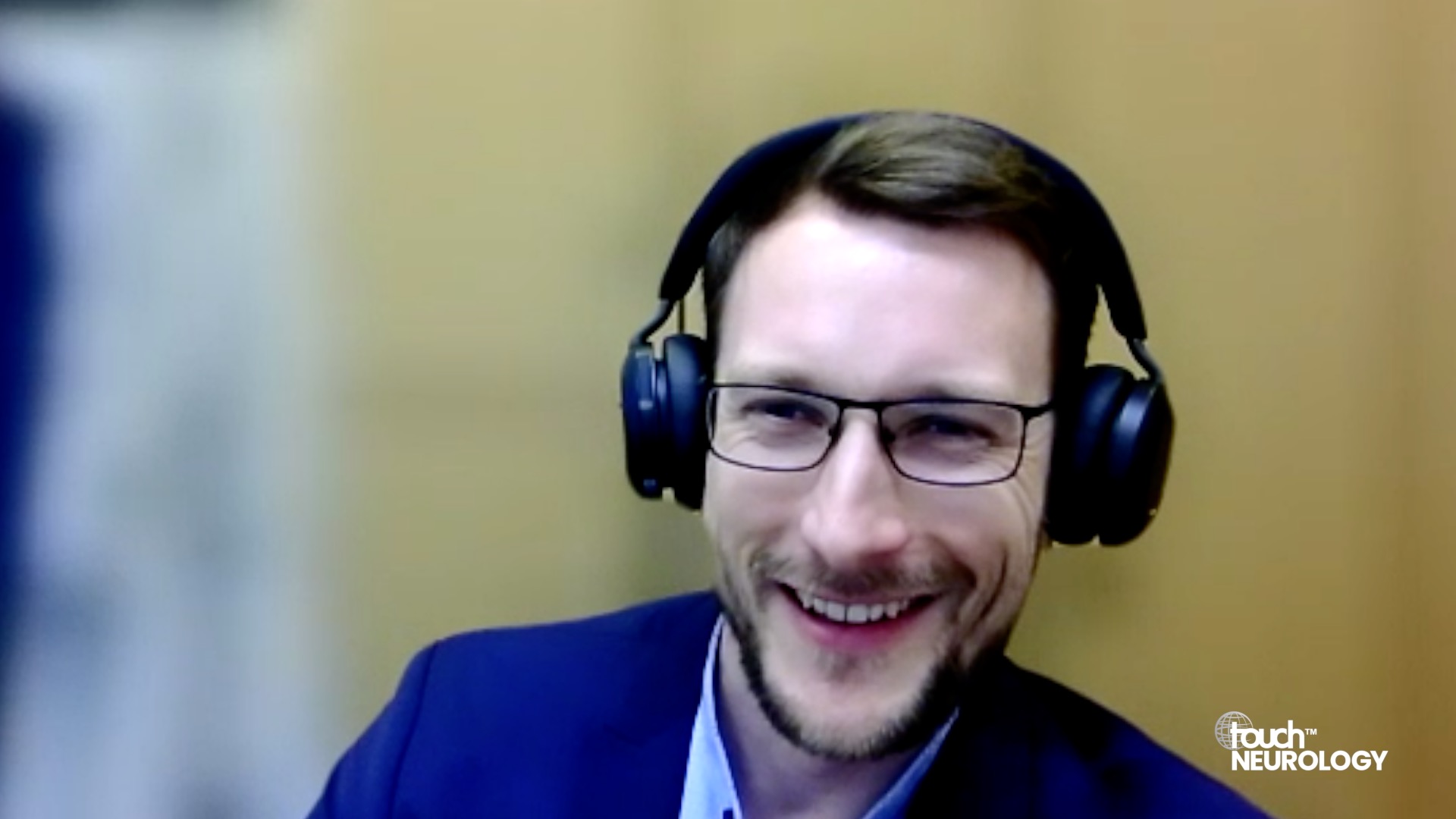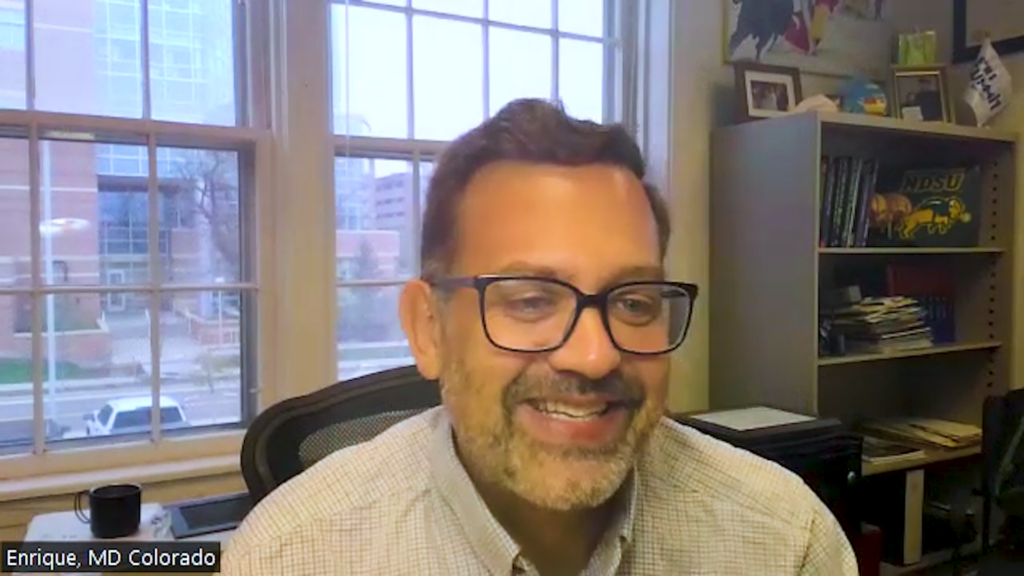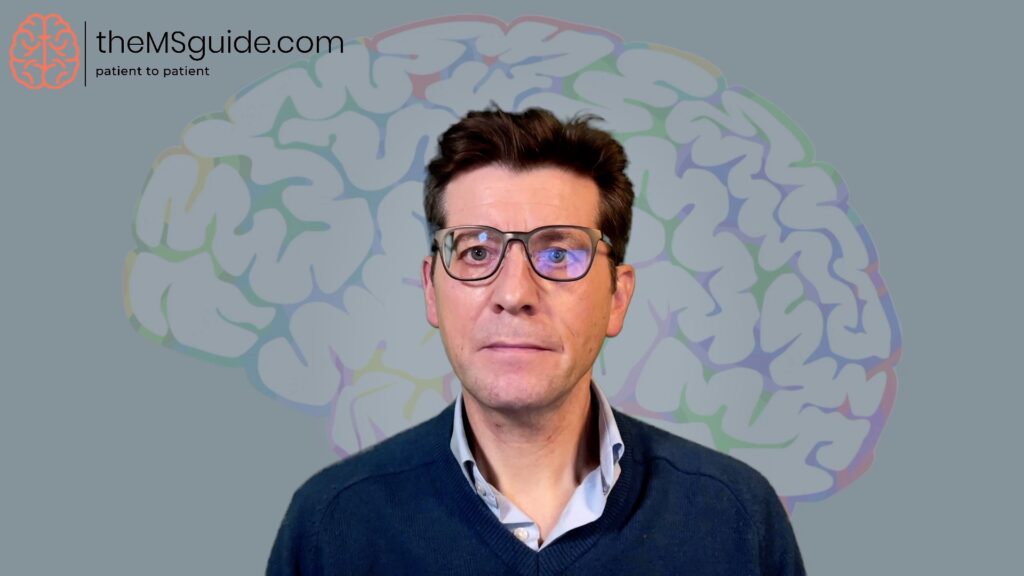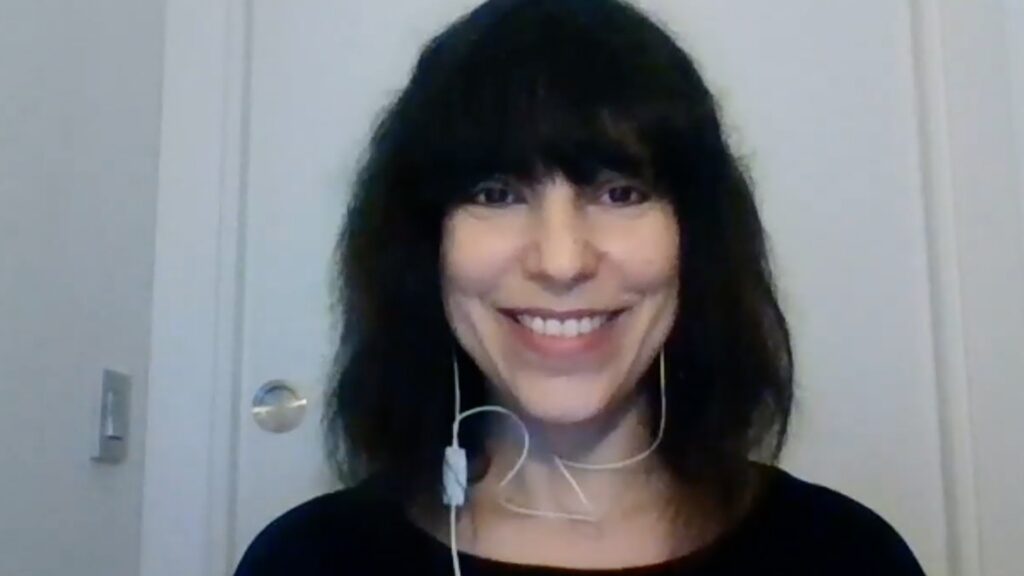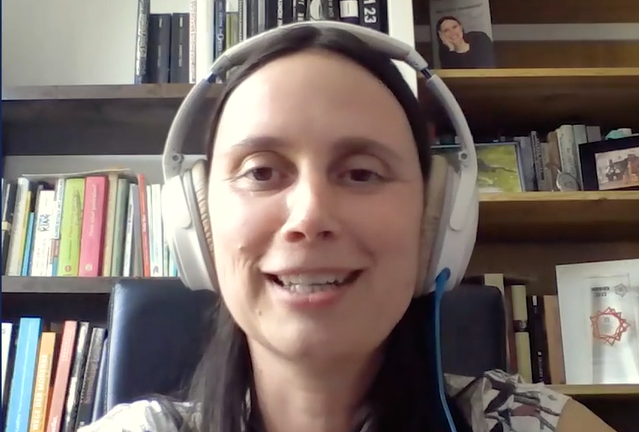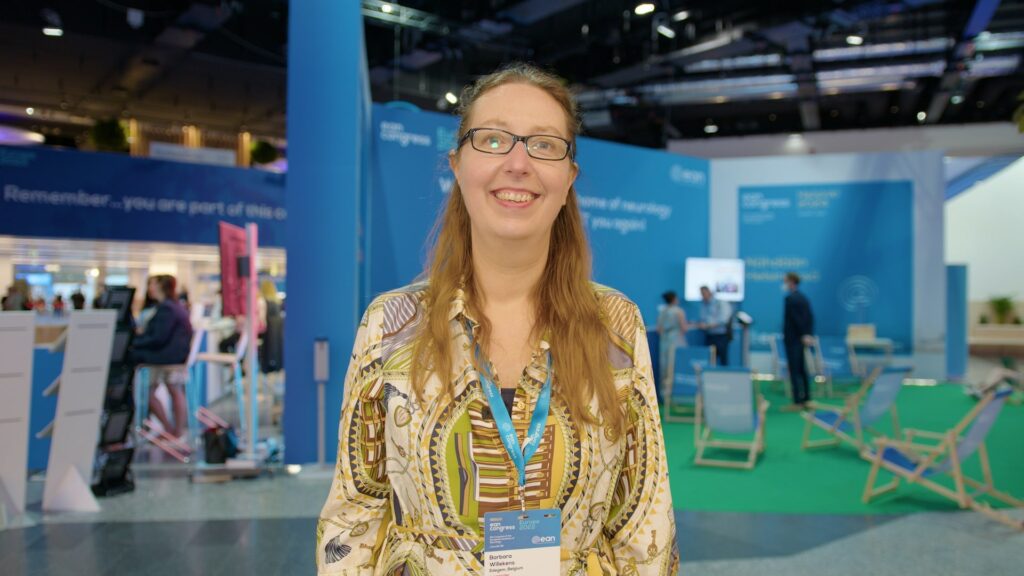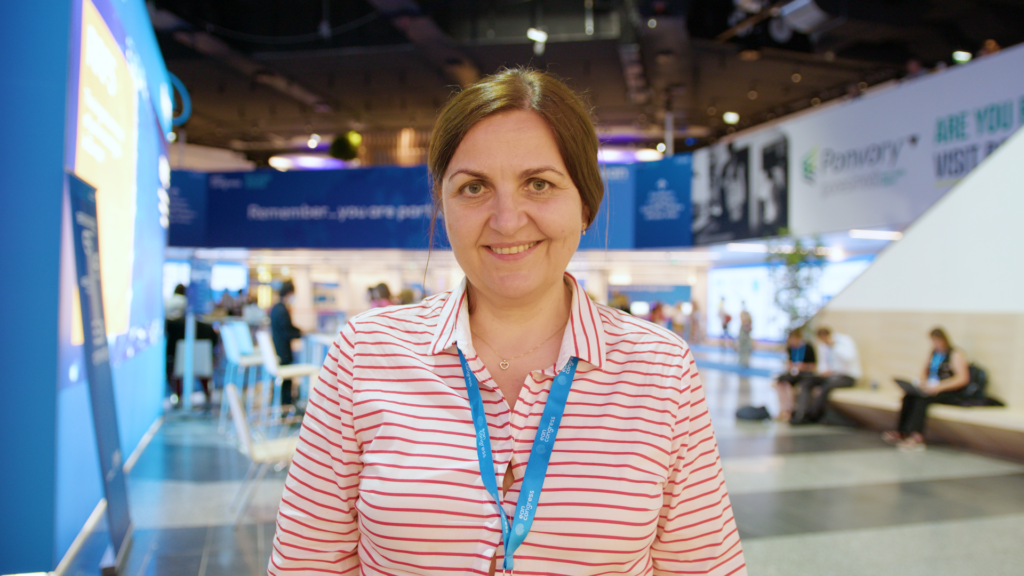Jürg Kesselring explains the concept of applied neuroplasticity and how rehabilitation programs improve neuronal plasticity in multiple sclerosis.
FILMED AT THE EUROPEAN COMMITTEE FOR TREATMENT AND RESEARCH IN MULTIPLE SCLEROSIS (ECTRIMS) ANNUAL MEETING, SEPTEMBER 2016
COULD YOU EXPLAIN THE CONCEPT OF APPLIED NEUROPLASTICITY?
00:11 – Neuroplasticity is a description of what happens in the brain anyway, all the time. We consider the brain as the organ of learning and the basis on the tissue level of learning is the formation of new synapses. And we are convinced that in these billions of nerve cells we have, and the thousands of connections they form with each other, only those connections, those synapses remain stable which are really used. So it is a good concept to think that the reorganisation of the brain is always possible but it can be governed only by activity. And that is what we think is application of the concept of plasticity, and we want to apply this to our patients with brain injuries, with diseases of the nervous system such as multiple sclerosis after stroke, etc.
HOW CAN REHABILITATION PROGRAMS IMPROVE NEURONAL PLASTICITY IN MS?
01:15 – It is the same concept that, in spite of a disease like multiple sclerosis, we are convinced that new synapses are formed all the time. Probably the capacity of building new networks is limited through the disease but it’s always possible. And so the important point is that we make a tailor-made rehabilitation program for each patient. And this has to take into consideration his background, genetic background, family background, social surroundings, and then create the program, a learning program for that particular patient. So I don’t think that rehabilitation can ever be consumed; you will never have just a compound or an infusion to get this new networking. No, you have to be active, but active in a way which suits the person.
WHAT PROGRAMS HAVE BEEN MOST SUCCESSFUL?
02:20 – Of course, it’s the easiest to measure in the motor domain. For instance, if you train gait in people who have disturbances of gait, as occurs in multiple sclerosis, you can then measure how much improvement there was on walking; on the balance, on the distance, on the speed. And this is very important in daily life. If you think that people with damage to the central nervous system are slower in their walking, then they probably have difficulties to cross the street, etc. We always have in mind that a better performance in daily life should become possible through rehabilitation. So rehabilitation is not something that happens only in a rehabilitation clinic, but it’s an attitude which the patient and his or her surroundings have to take on and continuously train, as we do also.
WHAT CLINICAL EVIDENCE SUPPORTS THEIR USE?
03:24 – There is more and more good, scientific evidence that practical application of neuroplastic principles, as I just tried to describe, have really an effect. As a rule of thumb, you can be sure that the walking distance can be doubled within three weeks of training in any patient. So if he is able only to walk 15m, he will be able to do 30; or the lady who does 1km will do 2km. This is just a rough estimate based on studies.
04:03 – But most interesting is also how much of this gain, thanks to rehabilitation, is transferred into activities of daily living, and there, it’s often more difficult to measure exactly, but it’s the more important. So when it comes to quality of life, it’s more difficult to measure but more relevant for the patient or the person with MS.

